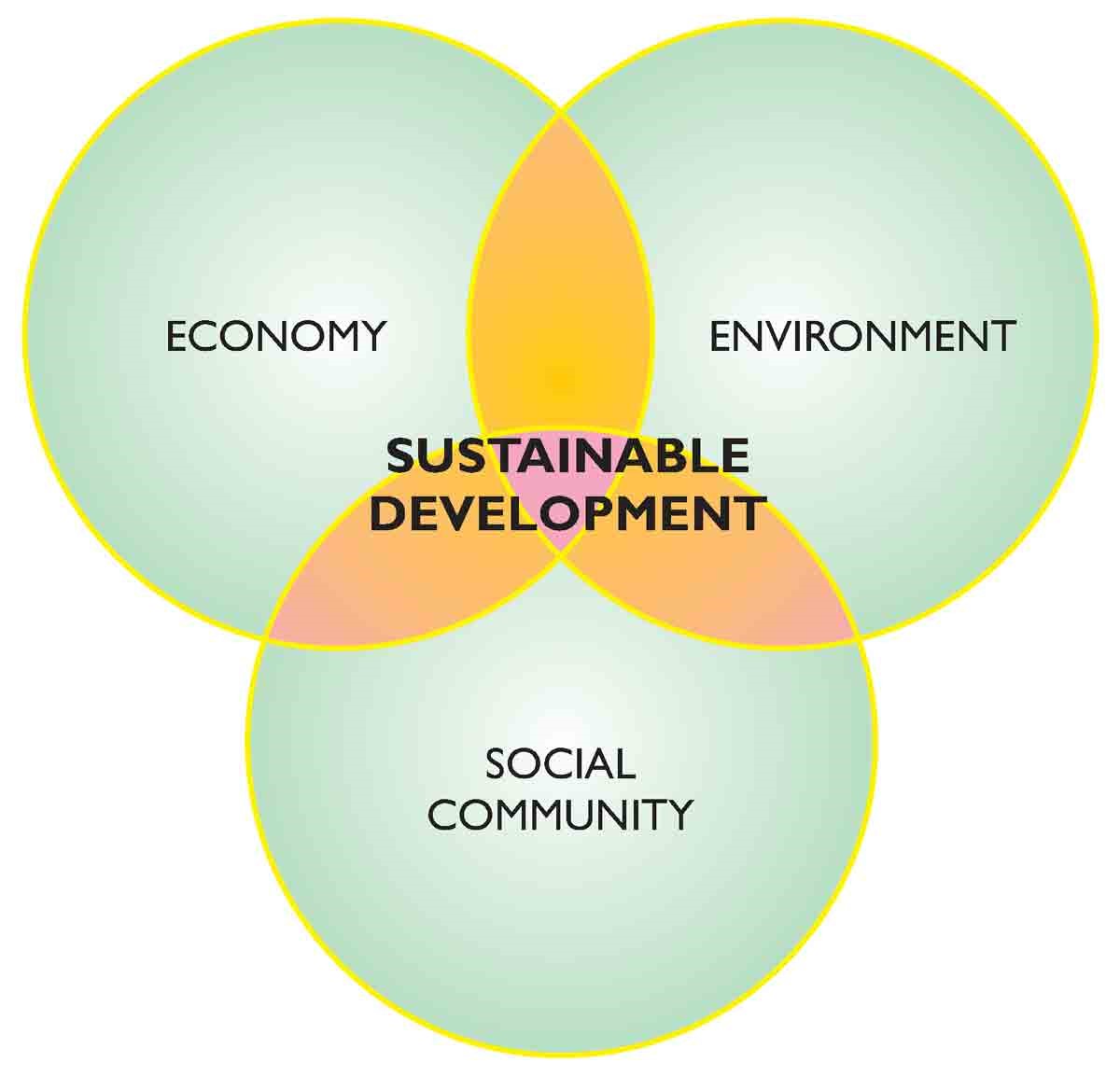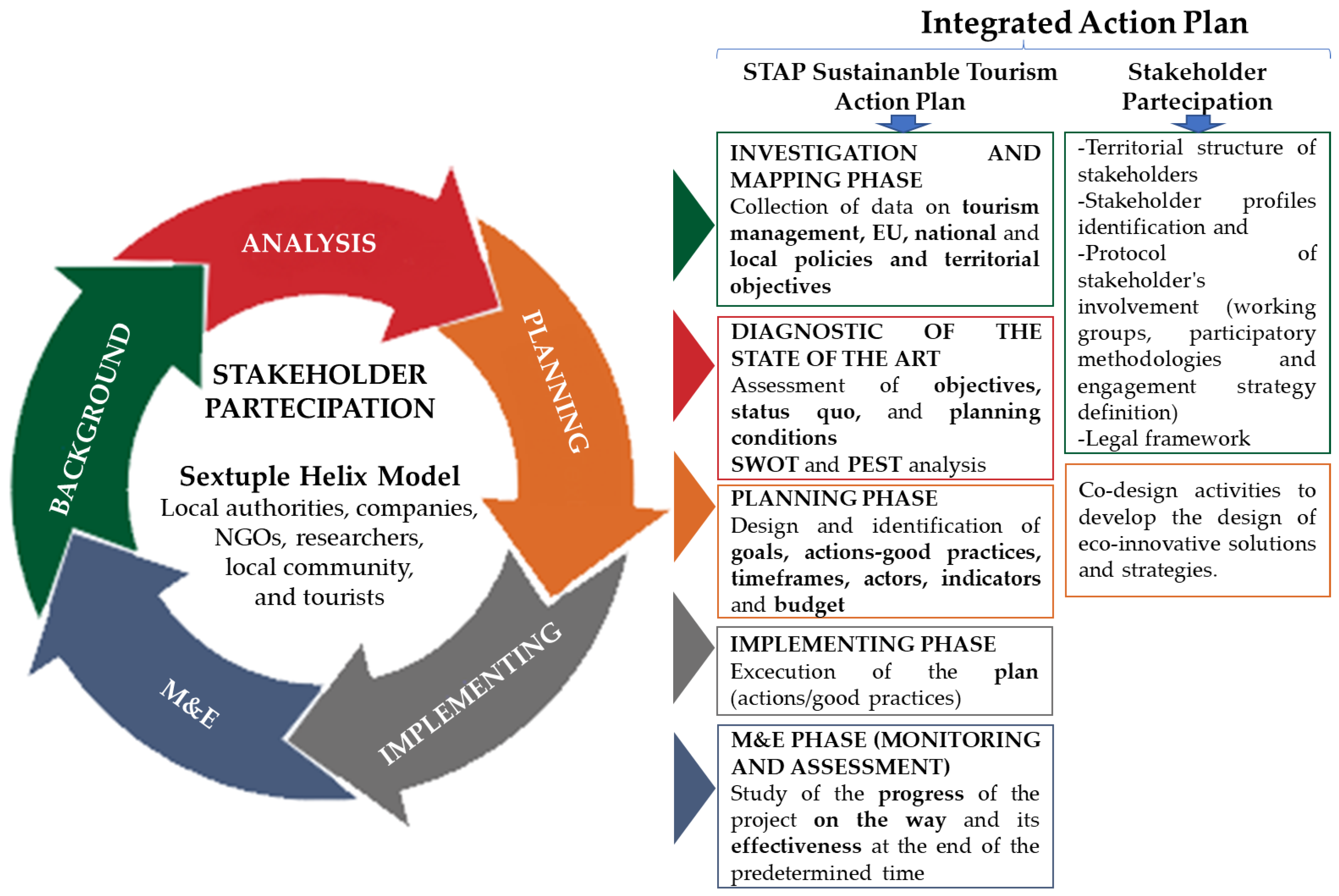Define sustainable tourism development and discover its principles, practices, and impacts. Explore the challenges and strategies involved in promoting sustainable tourism for a brighter future.
Sustainable tourism development is a multifaceted concept that aims to minimize the negative impacts of tourism while maximizing its positive contributions to local communities and the environment.
Definition of Sustainable Tourism Development
Sustainable tourism development aims to minimize negative impacts on the environment and local communities while maximizing the long-term benefits of tourism.
Its core principles include:
- Conserving natural resources and biodiversity.
- Minimizing pollution and waste.
- Protecting cultural heritage.
- Supporting local economies.
- Empowering local communities.
Examples of Sustainable Tourism Practices
Examples of sustainable tourism practices include:
- Using renewable energy sources in tourism facilities.
- Implementing waste reduction and recycling programs.
- Protecting endangered species and habitats.
- Supporting local businesses and suppliers.
- Providing training and education for local communities.
Benefits of Sustainable Tourism
Sustainable tourism benefits local communities and the environment by:
- Creating jobs and economic opportunities.
- Preserving cultural heritage and traditions.
- Protecting natural resources and biodiversity.
- Reducing pollution and waste.
- Promoting understanding and appreciation of different cultures.
Impacts of Sustainable Tourism Development: Define Sustainable Tourism Development
Sustainable tourism development aims to minimize negative impacts on the environment while maximizing social and economic benefits for local communities. It considers the long-term implications of tourism activities and seeks to preserve natural and cultural resources for future generations.
Environmental Impacts
Sustainable tourism can have both positive and negative impacts on the environment. On the positive side, it can:
- Promote conservation efforts by raising awareness of environmental issues and providing funding for protected areas.
- Reduce pollution and waste by encouraging responsible practices among tourists and businesses.
li>Protect biodiversity by minimizing disturbance to wildlife and habitats.
However, unsustainable tourism can also have negative environmental impacts, such as:
- Increased pollution and waste due to tourism activities, such as transportation, accommodation, and waste disposal.
- Deforestation and habitat loss due to the construction of tourism infrastructure and the influx of tourists.
- Disturbance to wildlife and their habitats, which can affect their behavior and survival.
Social Impacts
Sustainable tourism can have positive social impacts on local communities, such as:
- Creating jobs and income-generating opportunities in tourism-related sectors.
- Preserving cultural heritage and traditions by supporting local artisans and businesses.
- Improving access to education and healthcare through tourism-related revenue.
However, unsustainable tourism can also have negative social impacts, such as:
- Increased cost of living and competition for resources due to the influx of tourists.
- Disruption of traditional livelihoods and cultural practices due to tourism development.
- Exploitation of local workers and unfair labor practices in the tourism industry.
Economic Impacts, Define sustainable tourism development
Sustainable tourism can have positive economic impacts on local communities, such as:
- Increased revenue from tourism activities, which can be invested in infrastructure, education, and healthcare.
- Diversification of the local economy, reducing dependence on a single industry.
- Creation of new businesses and job opportunities in the tourism sector.
However, unsustainable tourism can also have negative economic impacts, such as:
- Increased cost of living and inflation due to the influx of tourists.
- Dependence on tourism revenue, which can be volatile and subject to external factors.
- Displacement of local businesses and livelihoods due to competition from tourism-related businesses.
Long-Term Implications
Sustainable tourism development aims to minimize negative impacts and maximize benefits in the long term. By considering the environmental, social, and economic implications of tourism activities, sustainable tourism can help to:
- Preserve natural and cultural resources for future generations.
- Ensure the long-term viability of tourism as an economic activity.
- Promote social equity and well-being in local communities.
By balancing the needs of the environment, local communities, and the tourism industry, sustainable tourism development can create a positive and sustainable future for all.
Challenges to Sustainable Tourism Development
Implementing sustainable tourism practices presents numerous challenges that hinder its widespread adoption. These challenges stem from various factors, including economic considerations, lack of awareness, and infrastructural limitations.
Barriers to Sustainable Tourism Adoption
* Economic Considerations:Sustainable tourism often requires significant investments in infrastructure, training, and certification, which can be a financial burden for businesses, especially in developing countries.
Find out further about the benefits of Monthly Packages for Kids: Unlocking Educational and Entertainment Value that can provide significant benefits.
Lack of Awareness
Browse the implementation of Avoid These Pitfalls: What Not to Eat on a Vegan Diet in real-world situations to understand its applications.
Many tourists and businesses are unaware of the importance of sustainable tourism practices and their long-term benefits. This lack of knowledge can lead to unsustainable practices and damage to natural and cultural resources.
Enhance your insight with the methods and methods of Gifts That Come Every Month: A Comprehensive Guide to Subscription Boxes.
Infrastructural Limitations
In some areas, the lack of adequate infrastructure, such as waste management systems and transportation options, can hinder the implementation of sustainable tourism practices.
Role of Governments, Businesses, and Tourists
Overcoming these challenges requires a collaborative effort involving governments, businesses, and tourists.* Governments:Governments can establish regulations and incentives to encourage sustainable tourism practices. They can also invest in infrastructure and provide training programs to support businesses.
Find out about how Subscription Boxes for Retirees: Enhancing Golden Years with Convenience and Joy can deliver the best answers for your issues.
Businesses
Businesses can adopt sustainable practices throughout their operations, from using eco-friendly materials to reducing energy consumption. They can also educate tourists about sustainable tourism and offer eco-friendly experiences.
Tourists
Tourists can make informed choices by choosing tour operators that prioritize sustainability and by being mindful of their environmental impact during their travels.By working together, governments, businesses, and tourists can create a more sustainable tourism industry that benefits both the environment and local communities.
Strategies for Promoting Sustainable Tourism Development
Promoting sustainable tourism development requires a multifaceted approach that involves planning, marketing, and incentives. By implementing comprehensive strategies, destinations can encourage responsible tourism practices and reap the long-term benefits of sustainable tourism.
Create a Comprehensive Plan for Promoting Sustainable Tourism Development
A comprehensive plan provides a roadmap for promoting sustainable tourism. It should include:
- Goals and objectives: Clearly define the desired outcomes of sustainable tourism development.
- Stakeholder involvement: Engage local communities, businesses, and government agencies to ensure a collaborative approach.
- Sustainability indicators: Establish measurable indicators to track progress and identify areas for improvement.
- Implementation strategies: Artikel specific actions and initiatives to achieve sustainable tourism goals.
- Monitoring and evaluation: Regularly assess the effectiveness of the plan and make necessary adjustments.
Case Studies of Sustainable Tourism Development
Sustainable tourism initiatives aim to balance the needs of visitors, local communities, and the environment. Here are some successful case studies that demonstrate best practices and lessons learned:
Costa Rica’s Ecotourism Model
- Costa Rica has been a pioneer in sustainable tourism since the 1970s.
- The country’s focus on preserving its natural resources and promoting ecotourism has led to significant economic and environmental benefits.
- Key strategies include strict environmental regulations, protected areas, and community-based tourism initiatives.
The Galapagos Islands’ Conservation Tourism
- The Galapagos Islands are a UNESCO World Heritage Site renowned for their unique biodiversity.
- To protect the islands’ fragile ecosystem, tourism is strictly regulated, with limited visitor numbers and strict guidelines.
- Conservation fees and strict enforcement of regulations ensure that tourism revenue contributes to conservation efforts.
Bhutan’s Gross National Happiness Index
- Bhutan’s unique Gross National Happiness Index measures the well-being of its citizens, including environmental sustainability.
- Tourism is carefully managed to preserve the country’s cultural heritage and natural environment.
- Visitors are required to pay a sustainable development fee that funds environmental conservation and social welfare programs.
Lessons Learned
These case studies highlight several key lessons for successful sustainable tourism development:
- Strong government commitment and clear regulations are essential.
- Collaboration between stakeholders, including local communities, is crucial.
- Visitor education and awareness are vital for responsible tourism practices.
- Investing in conservation and environmental protection ensures long-term sustainability.
- Monitoring and evaluation are necessary to track progress and make adjustments.
Ending Remarks
Embracing sustainable tourism development is crucial for preserving our natural and cultural heritage while ensuring the long-term viability of the tourism industry. By adopting responsible practices, we can create a sustainable future for both tourism and the communities it touches.
Q&A
What is the core principle of sustainable tourism development?
The core principle of sustainable tourism development is to minimize negative impacts on the environment and local communities while maximizing positive contributions.
What are some examples of sustainable tourism practices?
Examples of sustainable tourism practices include using renewable energy sources, reducing waste, conserving water, and supporting local businesses.
What are the benefits of sustainable tourism for local communities?
Sustainable tourism can provide local communities with economic benefits, such as job creation and income generation, as well as social benefits, such as improved infrastructure and education.



